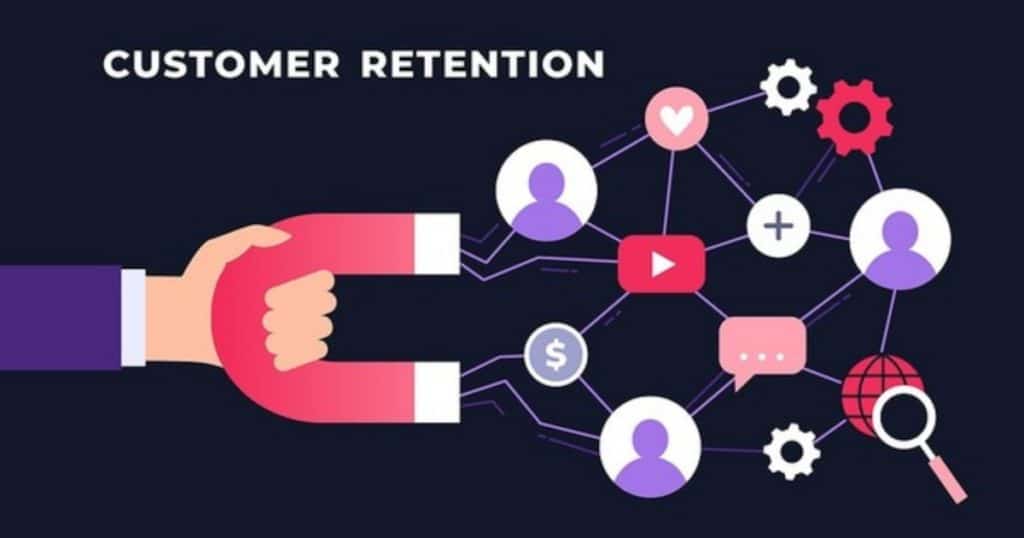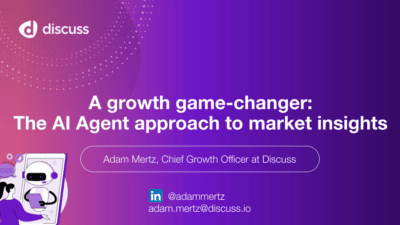The Fallacy of the “Fanboy” as your path to Consumer Insight

We have all heard about the “fanboy”: the rabid enthusiast willing to do and say anything to prove their loyalty to a brand. Merriam Webster dictionary has even created a definition for fanboy: “a boy or man who is an extremely or overly enthusiastic fan of someone or something.”
(Of course, this applies to female fans too!)
These “super fans” spend inordinate amounts of time engaged in conversation, online and off, about their brand obsessions. They are often the joiners in brand and affinity communities, (commonly known as MROCs) who inadvertently masquerade as the most important voice of the consumer. Brands spend enormous amounts of money and time to build and maintain affinity communities and keep participants engaged. However, the unshakable enthusiasm of the participants who stay only contributes to the fallacy that their “fanboy/girl” opinions will yield effective insights that will lead to better innovations, engender greater loyalty and drive brand growth. But why should we, practitioners of marketing and consumer engagement, be wary of the community participant “fanboy/girl?”
At an AMA conference several years ago, Ian Dewar, Director of Customer Lifecycle and Analytics at The North Face, told a cautionary tale about one such “fanboy.” Ian was at a brand-sponsored extreme sports event when he was approached by a rabid enthusiast wearing a torn and dirty, obviously well-used North Face parka. The customer shared with Dewar he had purchased the jacket over fifteen years ago, never bought another, nor another other North Face apparel. Because he had so religiously held onto his parka for fifteen years, he fancied himself the brand’s most loyal customer! And yet he hadn’t purchased from the brand in nearly two decades.
It is easy to see the attraction for the hyper-passionate brand loyalist of, say, the average Harley Davidson Owner Group or even the highly engaged Starbucks Rewards consumer (who is more likely to be in it for the discounts or convenience of ordering their caffeine fix, than the opportunity to be “heard”).
There are increasing distractions and options for consumers to focus their diminishing discretionary time (and dwindling attention spans) engaged more than superficially with brands. So the “super fan” in the affinity community by nature is ever more likely to be an outlier rather than the voice of the prospective customer. Fans already buy your brands; it is the goal of any marketer to convert that consumer who sometimes or rarely buys your brands, or has yet to engage. That occasional user might NEVER join your brand or category affinity community. But they might have an insight about the broader aspirations of their lives that would be a “eureka!” moment to fuel your next innovation. You will miss them if your “voice of the consumer” is only coming from those who are already engaged in your communities, whatever their motivation.
AdAge recently published an article about the work of Byron Sharp, author of How Brands Grow. Sharp has famously, and somewhat controversially, dismissed the value of the “brand loyalist.” He and his fellow marketing scientists fervently believe that loyalists will buy your products… until they don’t. Therefore, the only sustainable path to growth for a brand is to engage those consumers who are light buyers or even first-time users. We particularly noted in the AdAge article, a quote from Unilever Chief Marketer, Keith Weed, on the implication of Sharp’s work on brand management to achieve growth, “if you get too targeted, you reinforce people who love your brands to use more,” he said. Continuing, “There are only so many cups of tea you can drink in a day.”
What, then, is the antidote to depending too much on the “fanboy/girl?” We would urge brands to have conversations with a range of consumers, in and outside your segments, and certainly outside the loyalists in your online communities. Make those conversations authentic , bi-directional, give global and enable stakeholders across the organization the ability to participate, probe and clarify in real-time, not just the community managers.
At Discuss.io, we are helping brands engage with all segments of consumers to better achieve insight and understanding of opportunities for brand messaging and product development. We do this through live video-enabled, scalable, fast, global conversations with consumers, accessible to all stakeholders across the enterprise.
If you are concerned about your teams’ undue dependence on the “fanboys/girls” in your online communities, start a conversation with us about how the Discuss.io platform can help you reach your next source for customer growth.
Ready to unlock human-centric market insights?
Related Articles

Customer Lifecycle Research: How to Gain Consumer Insights at the Retention Stage
Key Takeaways: Customer service (feel the love) is key to repeat or new product purchases for current customers. Transforming customers…
Key Takeaways: Customer service (feel the love) is key to repeat or new product purchases for current customers. Transforming customers…



